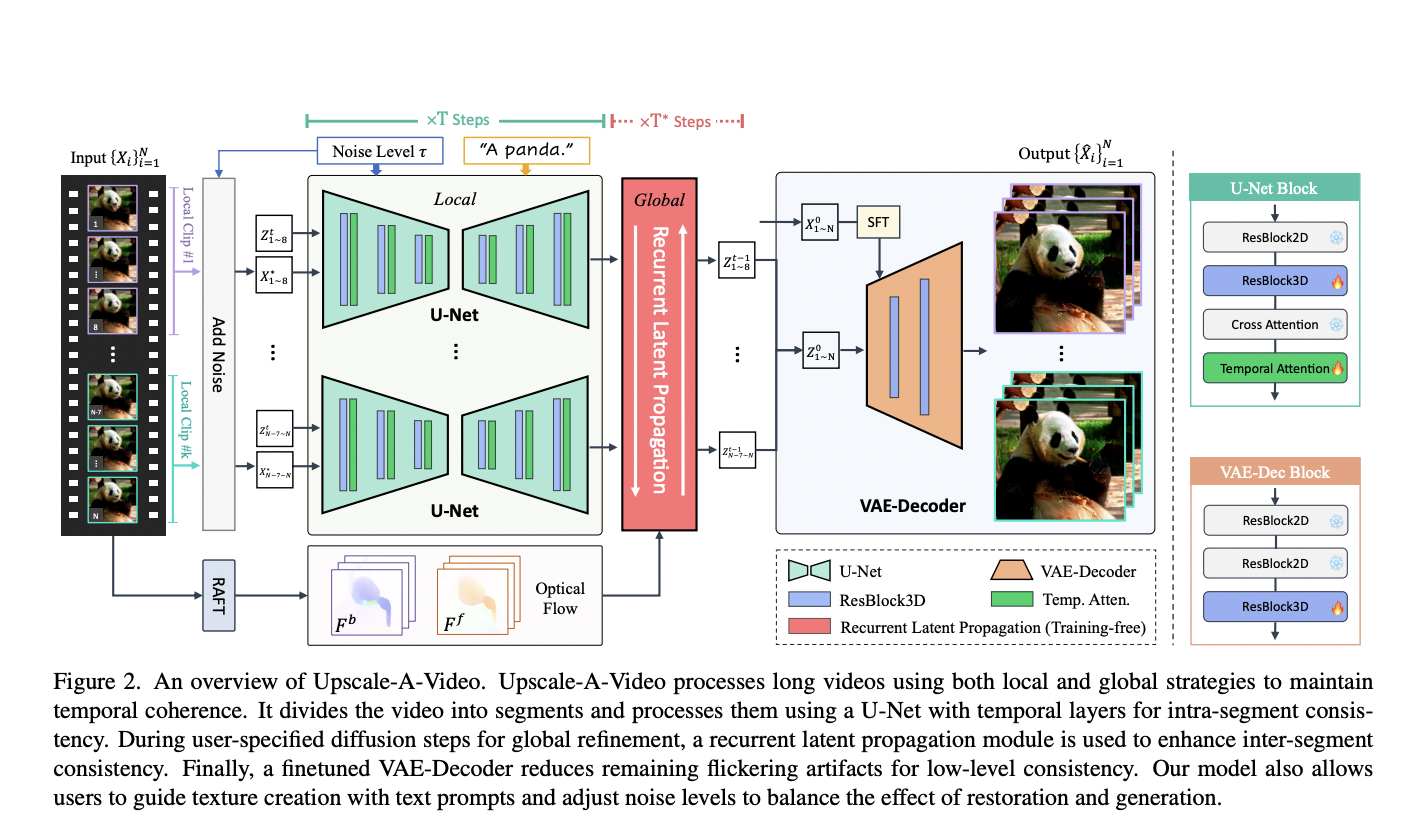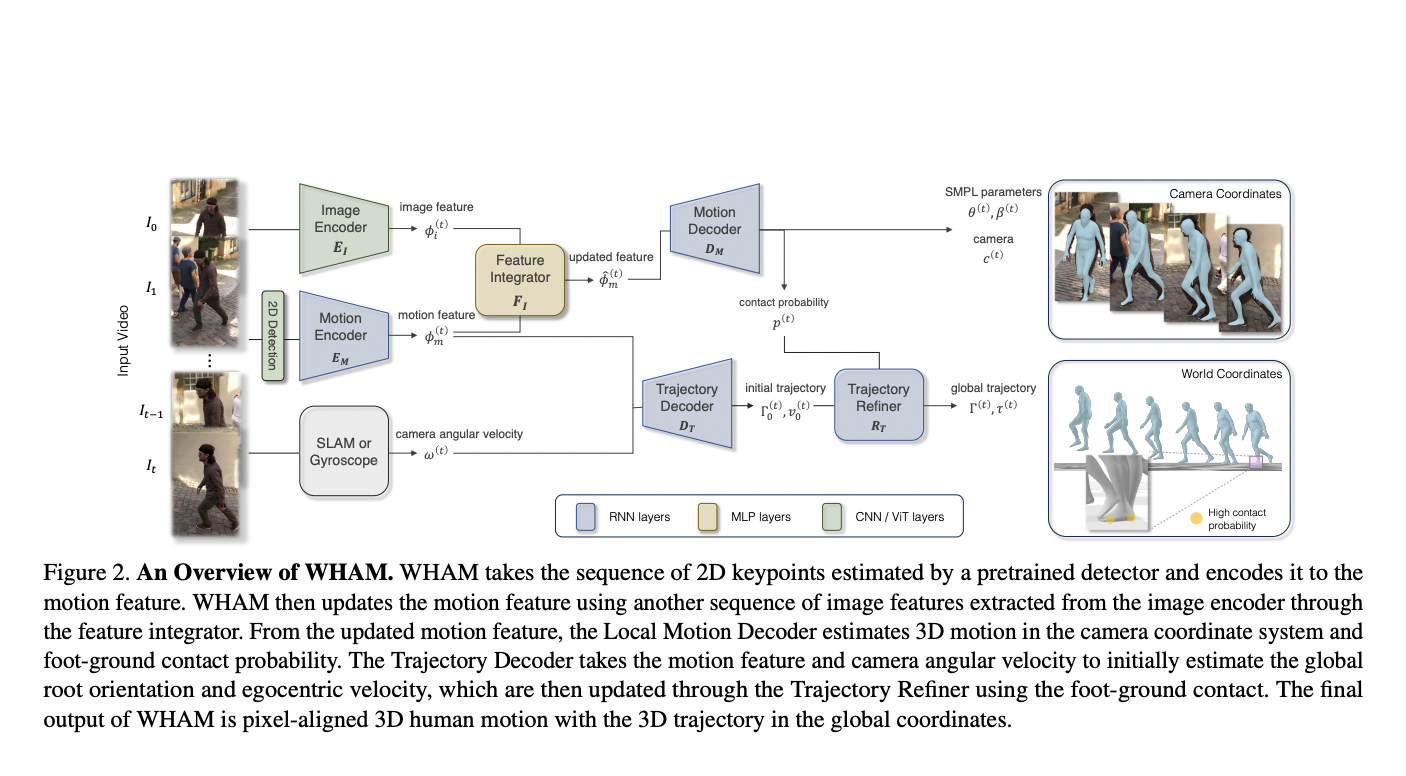NVFi tackles the intricate challenge of comprehending and predicting the dynamics within 3D scenes evolving over time, a task critical for applications in augmented reality, gaming, and cinematography. While humans effortlessly grasp the physics and geometry of such scenes, existing computational models struggle to explicitly learn these properties from multi-view videos. The core issue lies…

Research
Published
…

In the trade flow maps, I aimed to represent two-way trade relationships between countries. For example, the export from Nepal to India would be represented by the first arrow (A1-A2) and the import by Nepal from India would be represented by a second arrow (A3-A4). In this way, each country pair relationship would require four…

Image generated with Leonardo.Ai
In this vast landscape of AI, a revolutionary force emerged in the form of Large Language Models (LLMS). It is not just a buzzword but our future. Their ability to understand and generate human-like text brought them into the spotlight and now it has become one of the hottest…

Video super-resolution, aiming to elevate the quality of low-quality videos to high fidelity, faces the daunting challenge of addressing diverse and intricate degradations commonly found in real-world scenarios. Unlike previous focuses on synthetic or specific camera-related degradations, the complexity arises from multiple unknown factors like downsampling, noise, blur, flickering, and video compression. While recent CNN-based…

New research drawing upon pragmatics and philosophy proposes ways to align conversational agents with human values Language is an essential human trait and the primary means by which we communicate information including thoughts, intentions, and feelings. Recent breakthroughs in AI research have led to the creation of conversational agents that are able to communicate with…

State-of-the-art data platform design 12 min read · 13 hours ago Photo by Nubelson Fernandes on UnsplashIn this story, I will try to shed some light on the benefits of modern data warehouse solutions (DWH) compared to other data platform architecture types. I would dare to say that DWH is the most…

Image by pch.vector on Freepik
Large Language Model (LLM) has recently started to find their foot in the business, and it will expand even further. As the company began understanding the benefits of implementing the LLM, the data team would adjust the model to the business requirements.
The optimal path for the business…

3D human motion reconstruction is a complex process that involves accurately capturing and modeling the movements of a human subject in three dimensions. This job becomes even more challenging when dealing with videos captured by a moving camera in real-world settings, as they often contain issues like foot sliding. However, a team of researchers from…

Life at DeepMind
Published
…

